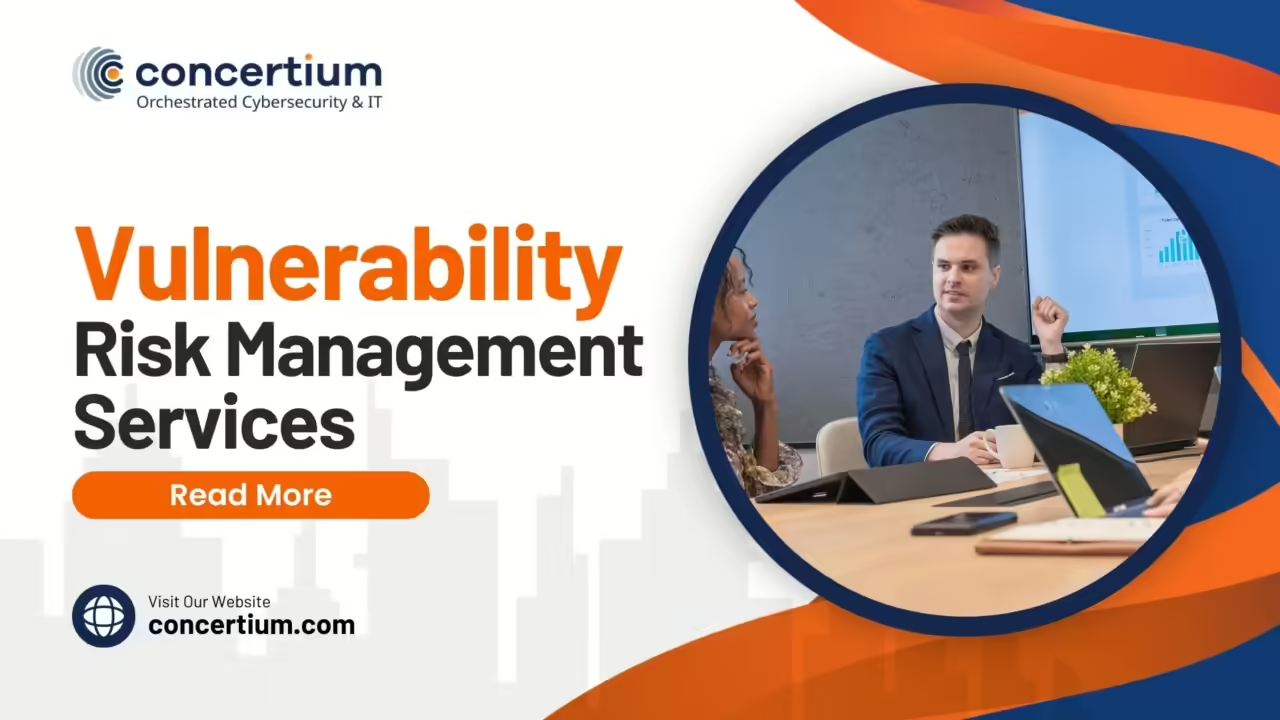Vulnerability Risk Management Services
Vulnerability risk management involves identifying, assessing, and mitigating security vulnerabilities within an IT environment. This proactive approach ensures that weaknesses are addressed before they can be exploited by malicious actors.
The importance of vulnerability risk management in cybersecurity cannot be overstated. With the ever-increasing sophistication of cyber threats, organizations must stay ahead by regularly scanning their systems for vulnerabilities. Implementing a robust vulnerability management program helps organizations maintain a strong security posture, reduces the risk of data breaches, and ensures compliance with industry regulations.
What is Vulnerability Risk Management?
Definition and Overview
Vulnerability risk management is the practice of identifying, evaluating, and mitigating vulnerabilities within an organization’s IT infrastructure. These vulnerabilities can be flaws or weaknesses in software, hardware, or processes that could be exploited to gain unauthorized access or cause harm.
Explanation of Vulnerabilities

A vulnerability is a weakness that can be exploited by a threat actor. For example, outdated software might have security holes that hackers can exploit. Vulnerabilities can exist in operating systems, applications, or even in the network configurations.
Distinction Between Vulnerabilities, Threats, and Risks
It’s essential to distinguish between vulnerabilities, threats, and risks. A vulnerability is a flaw that can be exploited. A threat is the potential for that vulnerability to be exploited. Risk is the potential impact of a threat exploiting a vulnerability. Understanding these distinctions is crucial for effective vulnerability risk management.
Importance in Today’s Cybersecurity Landscape
The importance of vulnerability management has never been greater. With cyber attacks becoming more frequent and sophisticated, organizations must adopt a risk-based vulnerability management approach. This means prioritizing vulnerabilities based on the potential impact on the organization.
Components of Vulnerability Risk Management
Vulnerability Identification
The first step in the vulnerability management process is identifying vulnerabilities. This involves using tools and methods like vulnerability scanners and penetration testing. These tools scan the network and systems to detect weaknesses that need addressing.
Tools and Methods Used for Identification
Various tools are available for vulnerability scanning. Tools like Nessus, Qualys, and OpenVAS are commonly used by security teams to identify vulnerabilities. These scanners provide detailed reports on potential weaknesses and help prioritize them based on severity.
Risk Assessment
Once vulnerabilities are identified, the next step is risk assessment. This involves evaluating the potential impact of each vulnerability. By using metrics like the Common Vulnerability Scoring System (CVSS), organizations can prioritize vulnerabilities that pose the greatest risk.
Evaluating the Potential Impact of Vulnerabilities
Assessing the impact involves understanding the potential damage that could result if a vulnerability is exploited. This includes considering the value of the affected assets and the potential consequences of a breach.
Remediation
After assessing the risks, the next step is remediation. This involves implementing measures to mitigate or eliminate vulnerabilities.
Steps Taken to Mitigate Identified Risks
Remediation can include applying patches, changing configurations, or implementing new security controls. The goal is to reduce the risk to an acceptable level.
Continuous Monitoring
Continuous monitoring is a vital component of vulnerability risk management. It ensures that new vulnerabilities are identified and addressed promptly.
Importance of Ongoing Vigilance
Cyber threats are constantly evolving, making continuous monitoring essential. Organizations must stay vigilant and update their vulnerability management program regularly to adapt to new threats and vulnerabilities. Automated tools and threat intelligence can greatly enhance this process.
By following these steps and leveraging advanced tools, organizations can effectively manage vulnerabilities and maintain a strong security posture.




